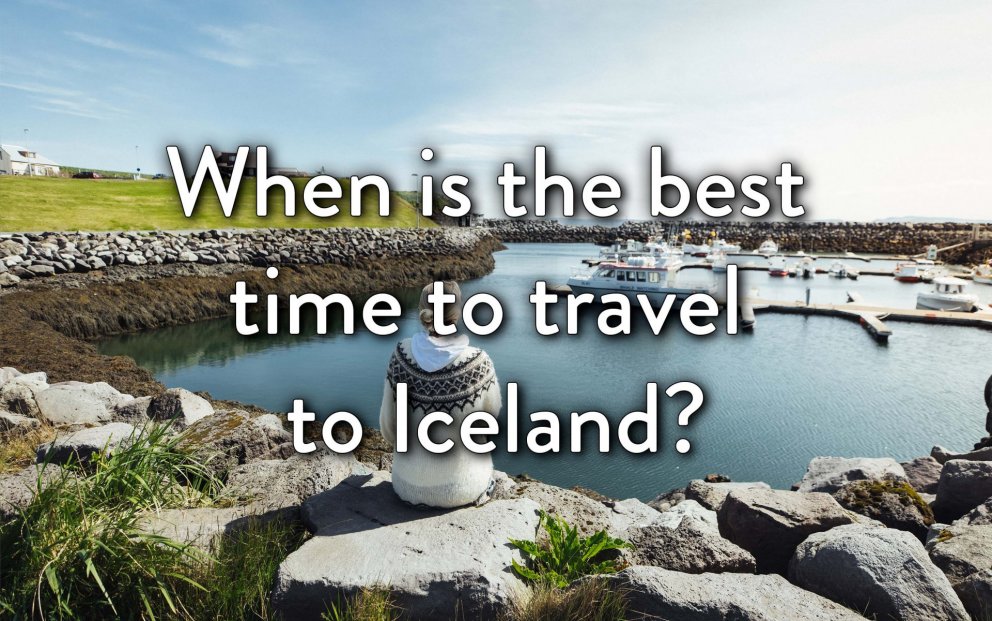When is the best time to travel to Iceland?
It’s a common question from would-be travellers: when is the best time to visit Iceland. In truth, there’s no bad time to visit Iceland, though it’s wise to be abreast of the pros and cons of each season before you settle on a booking. Here are a few things to bear in mind.
How tight’s your budget?
Iceland’s not a cheap destination. Though it’s usually possible to bag a bargain flight year-round, it’s still likely to be an expensive vacation compared to many other European destinations. That said, there are ways you can save money on accommodation and also, many of the country’s top sights, such as its incredible valleys and waterfalls, can be seen for free. But if you need to travel on a modest budget, then it’s advisable to avoid the summer peak season as demand soars and so do costs. Conversely, in winter, Iceland receives fewer visitors and you won’t need quite so much money to achieve the same level of comfort. However, note that many of the country’s campsites close for the colder months and so you won’t have as much choice if, for instance, you plan to rent a campervan. There’s a lot to be said for aiming for late spring or early autumn if you’re attempting to try to find that ideal middle ground.
How do you envisage getting around?
If we’re trying to pin down the best time of year to visit Iceland, then we also need to factor in transport. The roads and car parks are at their busiest in summer, something it’s good to know if you plan to tackle the popular south coast. If you’re keen to drive into Iceland’s highland interior, then the roads close for much of the year, so you’ll need to plan a summer trip. If you’re planning to use public transport or tours, take a look online and figure out whether low season schedules will fit your planned itinerary. Solitude seekers will love the space and emptiness of low season, but while you can hire a rental car year-round, if a storm blows in you might find you have to hole up for a day to let it pass – but that’s all part of the Icelandic experience. Driving long distances can be challenging with fewer hours of daylight to play with, but there’s plenty to do close to Keflavik Airport on the wild and beautiful Reykjanes peninsula or as day trips from nearby Reykjavik.
What do you plan to do while you’re in Iceland?
If you’re happy to wrap up warm and know you’ll cope with wet or windy weather, there’s plenty you can do and see in all weathers. If you’re a fair weather tourist, on the other hand, you’ll need to stick to the summer months of June, July or August to give yourself the best chance of dry and sunny skies. Many of Iceland’s most popular activities, such as horse riding and hiking, can be done no matter what time of year you visit so long as you heed weather warnings and dress appropriately. Though the country is blessed incredible stretches of coastline, the mid-Atlantic climate means that even in summer this is never going to be a “fly and flop” beach destination. Some tours are seasonal: whale watching cruises need relatively calm seas so are least likely to be postponed in summer, while gaining access to the most impressive ice caves is restricted to winter for safety reasons. The Northern Lights are often perceived as a winter phenomenon, but in fact, you can see them from September to April.
As you can see, there’s no single answer to the question. Iceland’s a year-round destination, so when you choose to come is really up to you. Take it from us - it’ll be great whenever you come.

